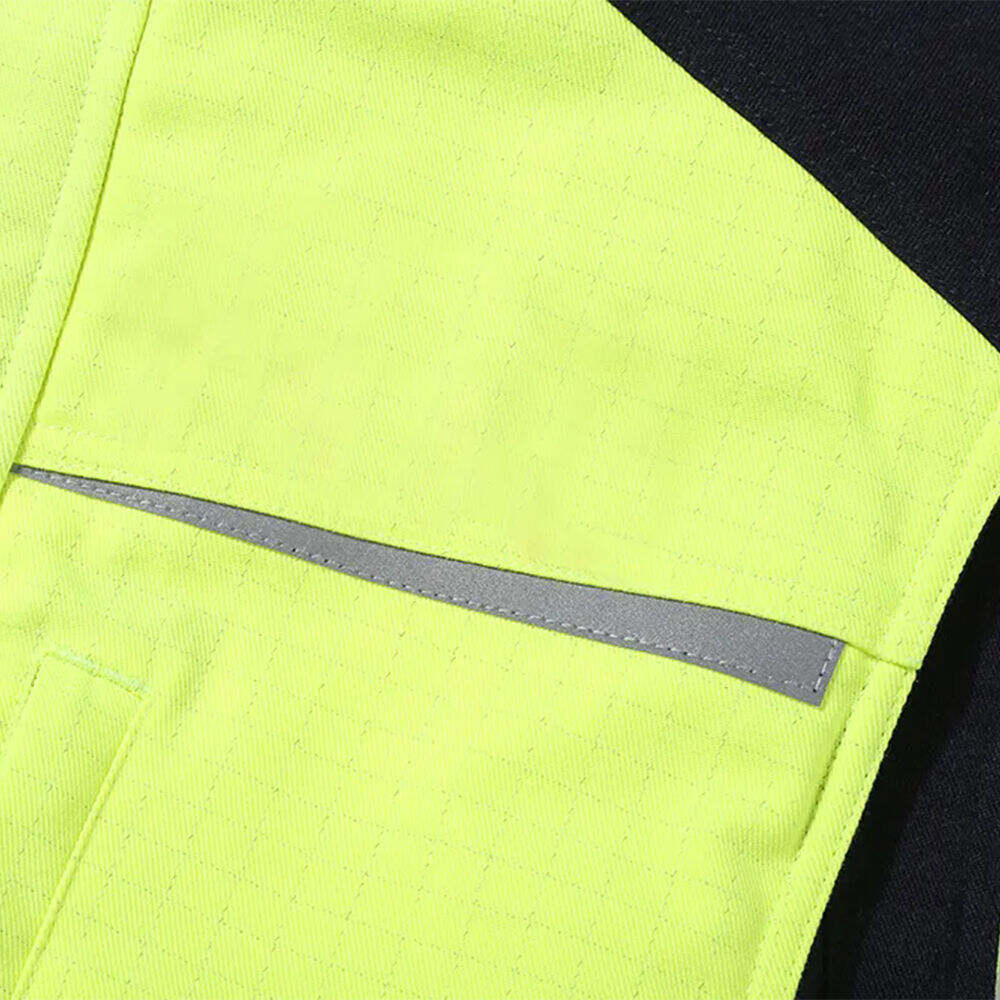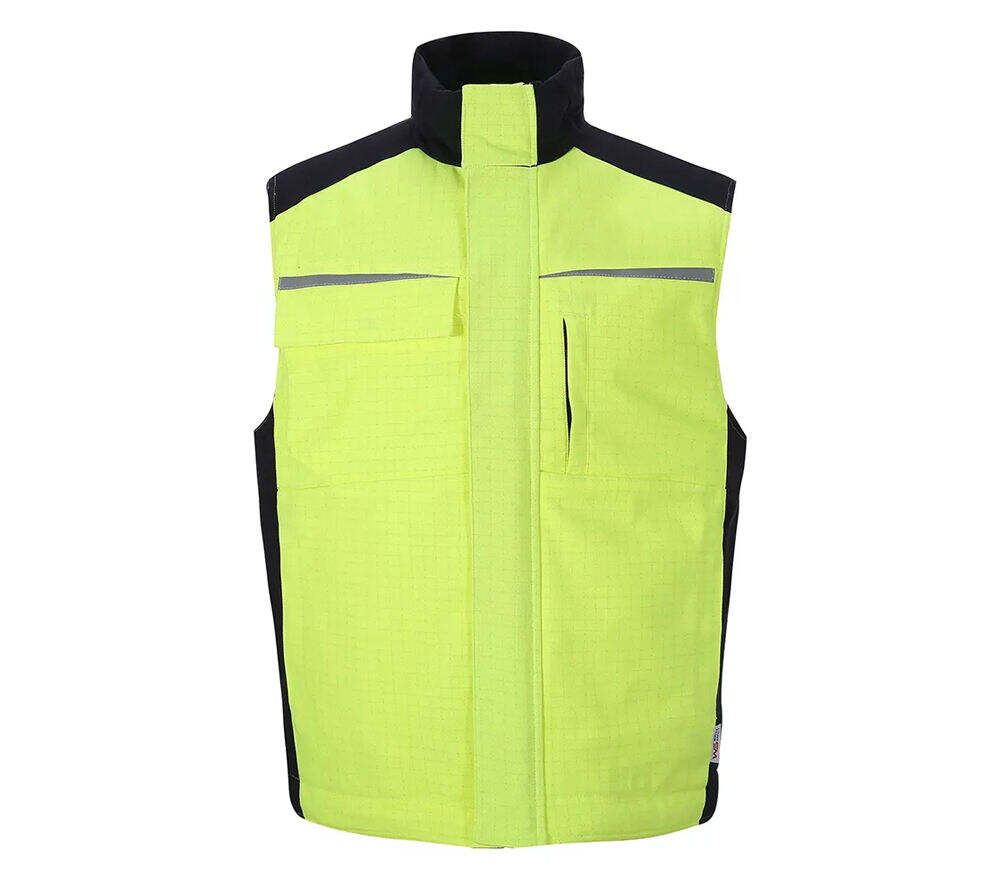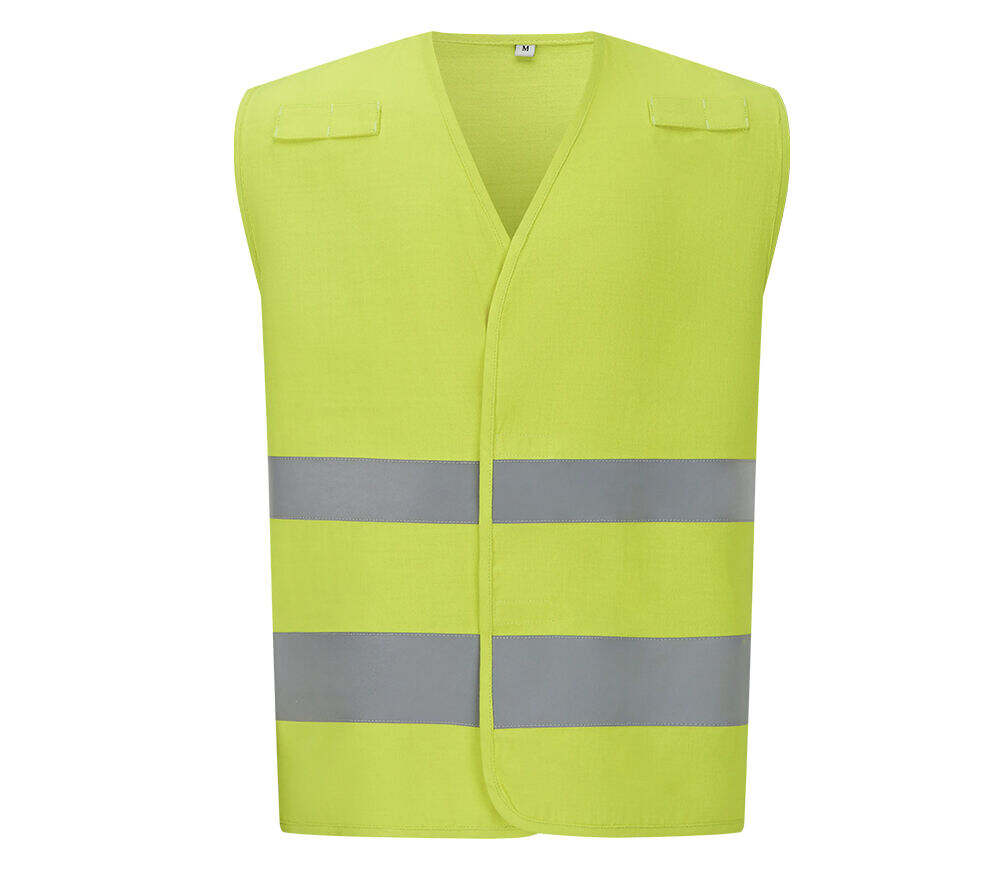Personal protective equipment (PPE) standards and industry requirements are closely related but have distinct differences. PPE standards are established by regulatory bodies to ensure that PPE products meet certain minimum safety and performance criteria. These standards are designed to protect workers from a wide range of hazards in the workplace.
For example, the Occupational Safety and Health Administration (OSHA) in the United States sets standards for PPE in various industries. These standards cover aspects such as the design, construction, and performance of PPE. For respirators, OSHA has specific requirements regarding filtration efficiency, fit testing, and user instructions. Similarly, for eye and face protection, there are standards that dictate the impact resistance, optical clarity, and coverage area of safety glasses and face shields.
International organizations such as the International Organization for Standardization (ISO) also play a significant role in setting PPE standards. ISO standards are recognized globally and provide a common framework for manufacturers and users of PPE. These standards often cover a wide range of PPE products, including helmets, gloves, and protective clothing.
Industry requirements, on the other hand, are more specific to a particular industry or sector. They may be based on PPE standards but also take into account the unique hazards and operating conditions of that industry. For example, in the oil and gas industry, there may be additional requirements for PPE used in offshore drilling operations. These requirements may include specifications for flame - resistant clothing that can withstand high temperatures and potential exposure to flammable materials.
In the construction industry, industry requirements may focus on PPE that provides protection against falls, such as harnesses and lanyards. These requirements may go beyond the basic PPE standards and specify additional features or testing procedures to ensure the effectiveness of the fall protection equipment in the specific construction environment.
It is important for employers and workers to be aware of both PPE standards and industry requirements. Employers are responsible for providing PPE that meets or exceeds the relevant standards and requirements, while workers should be trained on how to properly use and maintain the PPE. By complying with both PPE standards and industry requirements, employers can create a safer work environment and reduce the risk of accidents and injuries.


